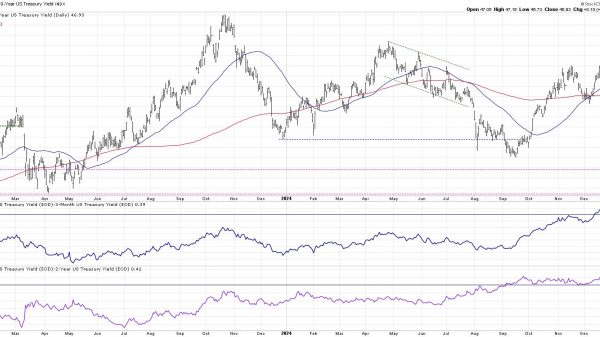Hybrid working is becoming more and more engrained, with workers now splitting their time between city centre offices and suburban and rural workspaces.
New data reveals that office attendance in January is up by 40% year-on-year, while demand for IWG space outside city centres grew 36 per cent in 2022.
IWG’s latest office footfall data shows that workers are leveraging the cost savings of hybrid working by splitting their time between a city centre HQ and regional offices closer to home.
Shorter commutes offered by local workspaces have made venturing to the office to use its facilities more cost effective for workers. Research by IWG shows that 71% of said they will save more money on their bills by working in the office, than they will spend on additional commuting.
Analysis by IWG highlights the extent of the savings that working locally can offer hybrid workers. Someone based in Cambridge – which has seen a huge increase in local working over the past year – could save up to £2,931 a year by working from Cambridge-based workspace instead of a London HQ just one day a week, with this figure increasing to £8,793 by working locally three days a week.
Rising costs are also contributing to the increased demand for hybrid working solutions. Attendance across IWG’s network w/c 23rd January, where temperatures in some parts of the UK fell to as low as -10C, were up 70% on the same week in 2022, as many workers sought the sanctuary of heated offices, close to home without needing to pay for long, expensive commutes.
Businesses are also reappraising their owned office footprints in light of rising costs and increased worker demand for hybrid working. IWG research among more than 250 UK business leaders found that almost three quarters are considering reducing the amount of traditional office space. This figure rises to 84 per cent in London.
IWG’s global footprint is expanding to meet this demand. It plans to add 1,000 new locations globally over the next year, the vast majority of which will be in rural and suburban areas. In the UK, smaller towns with populations between 10,000 and 30,000 such as Chippenham, High Wycombe, Redhill and Evesham are among those with new and recent coworking centres, allowing workers to cut lengthy commutes and work closer to home.
IWG Founder and CEO Mark Dixon commented: “The sheer inconvenience and high cost of long daily commutes are two of the most significant drivers behind the rapid growth of hybrid working and the changing geography of work. Now, employees are leading more localised lives, living, and working closer to home, making them healthier and more productive as well as saving thousands of pounds annually.
“It’s also a win-win for businesses, the suburbs and former dormitory towns, with hybrid allowing firms easier access to the best talent, while invigorating local economies and enriching communities. Hybrid is also great for the environment, significantly reducing the CO₂ emissions that have historically made commuting one of the biggest contributors to global warming.
“In line with this latest data, we expect to see demand for our hybrid working solutions continue to accelerate as businesses and their people commit to a more flexible way of working for the long-term.”
Read more:
Office attendance surges as hybrid and more localised working take hold across the UK























